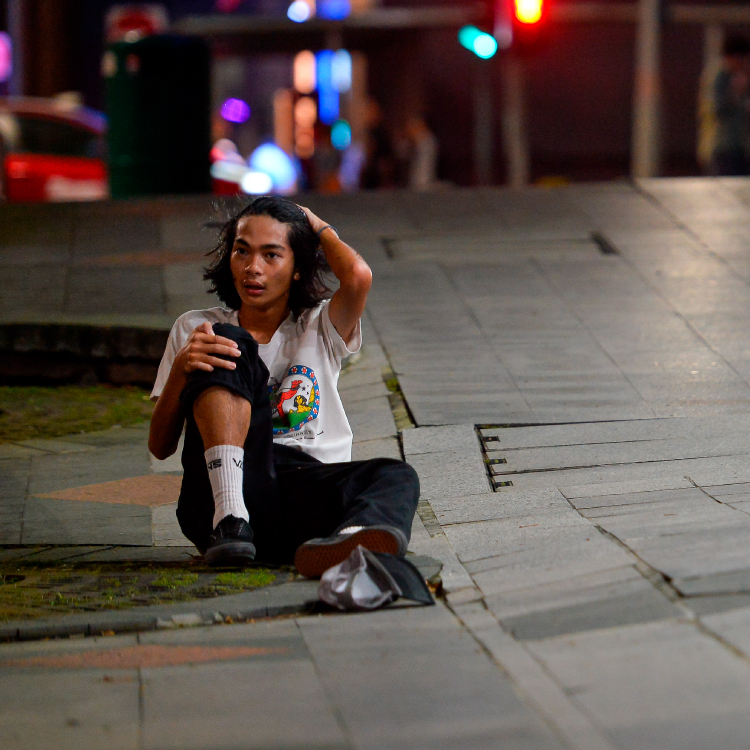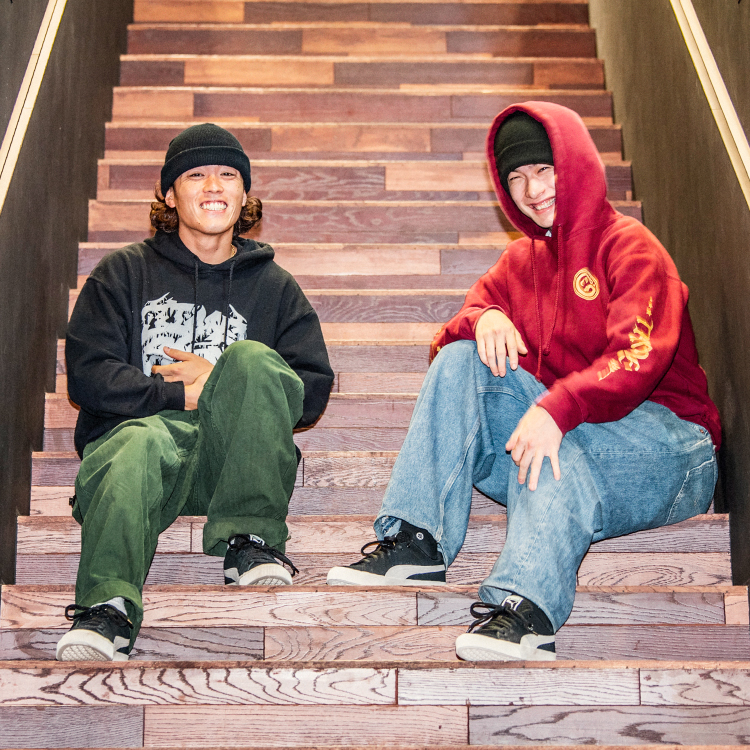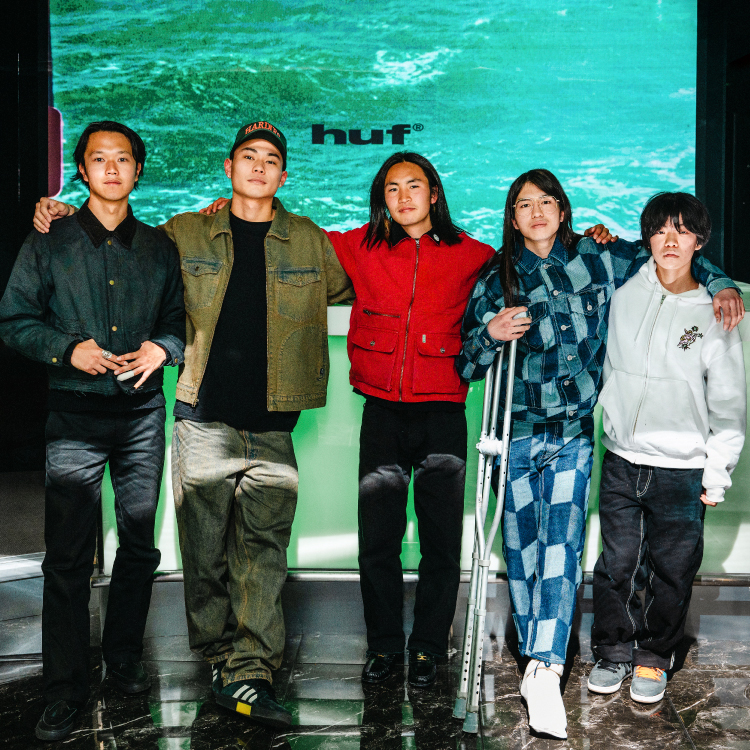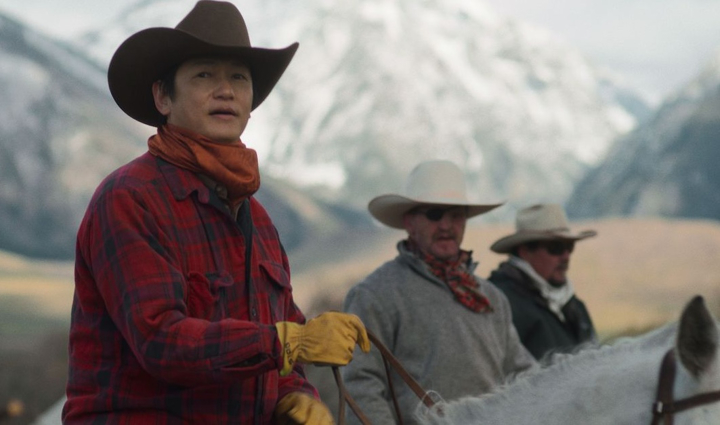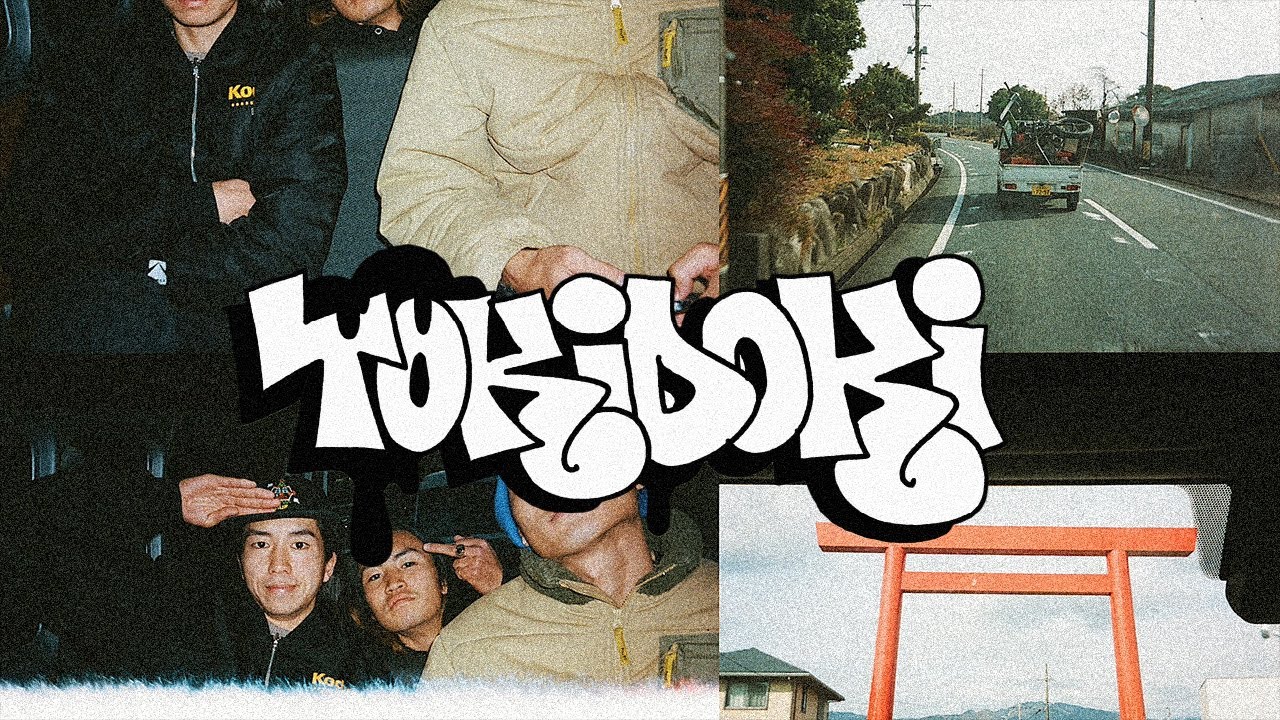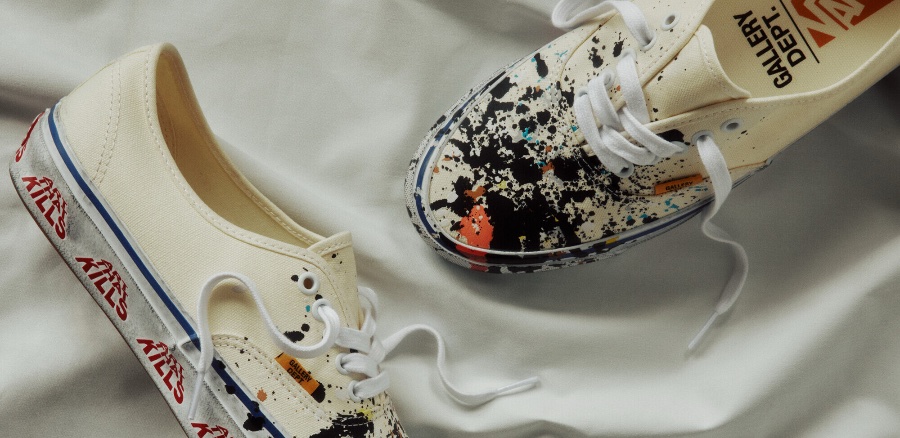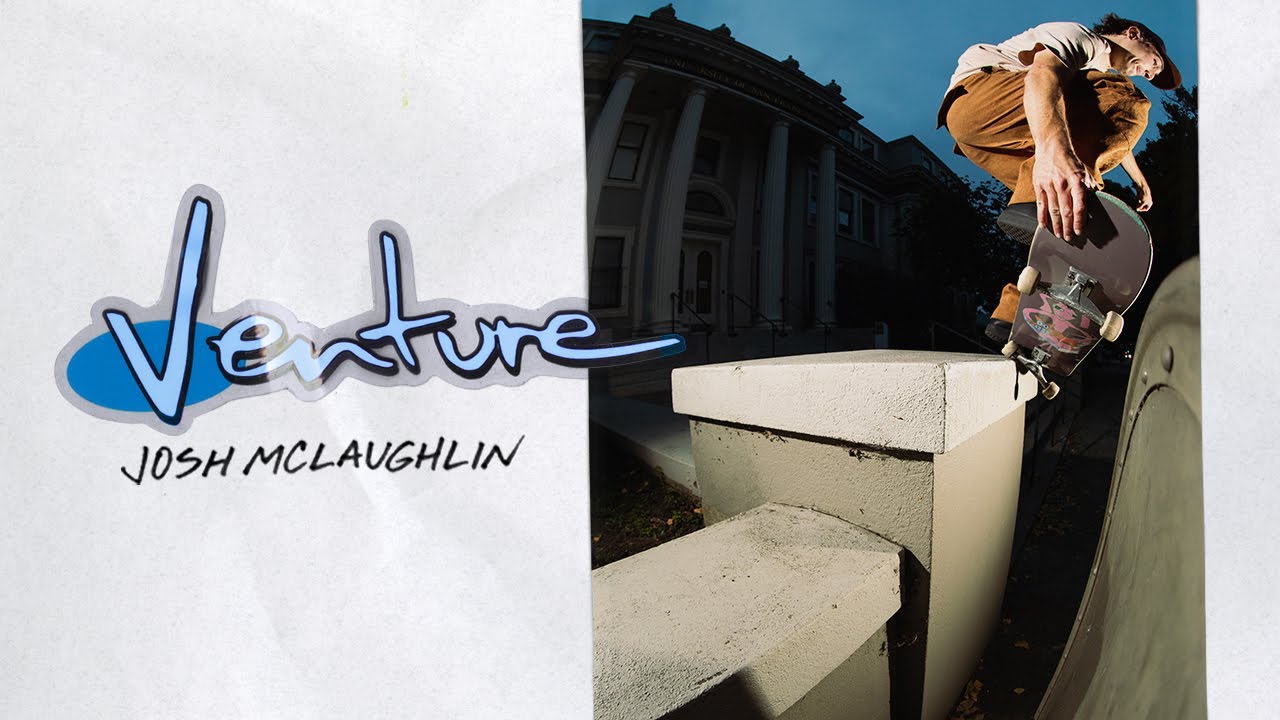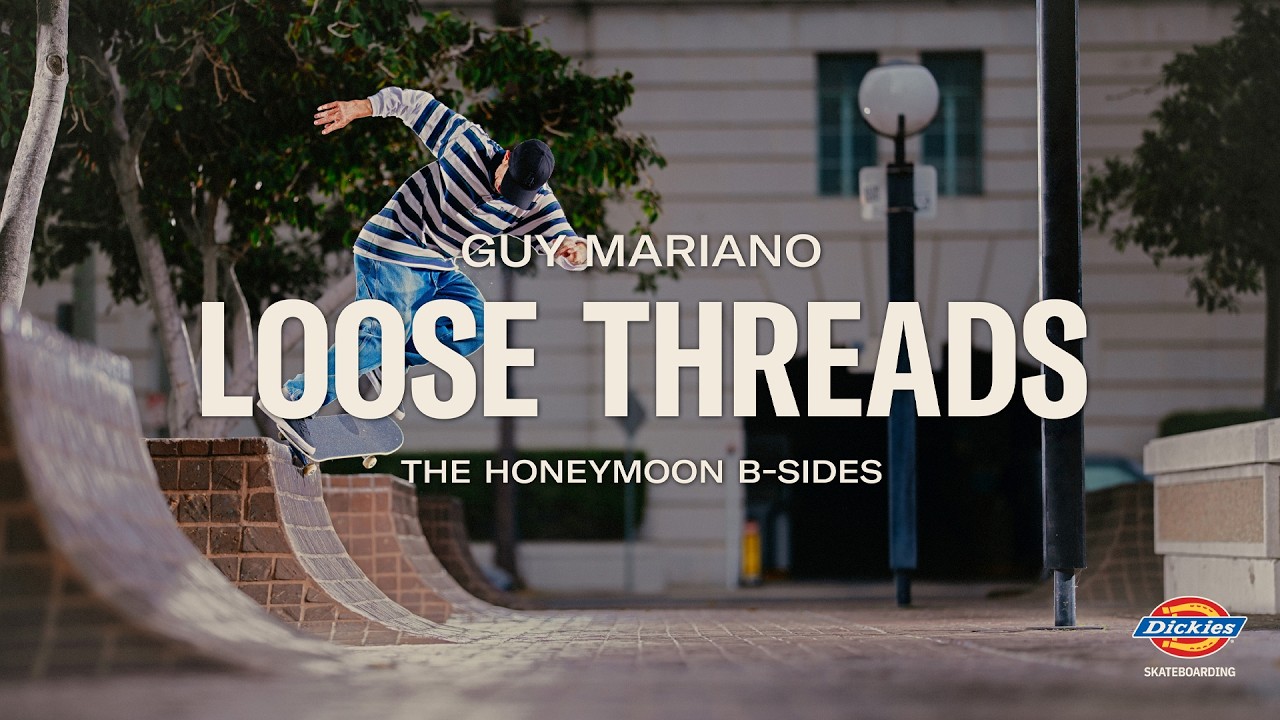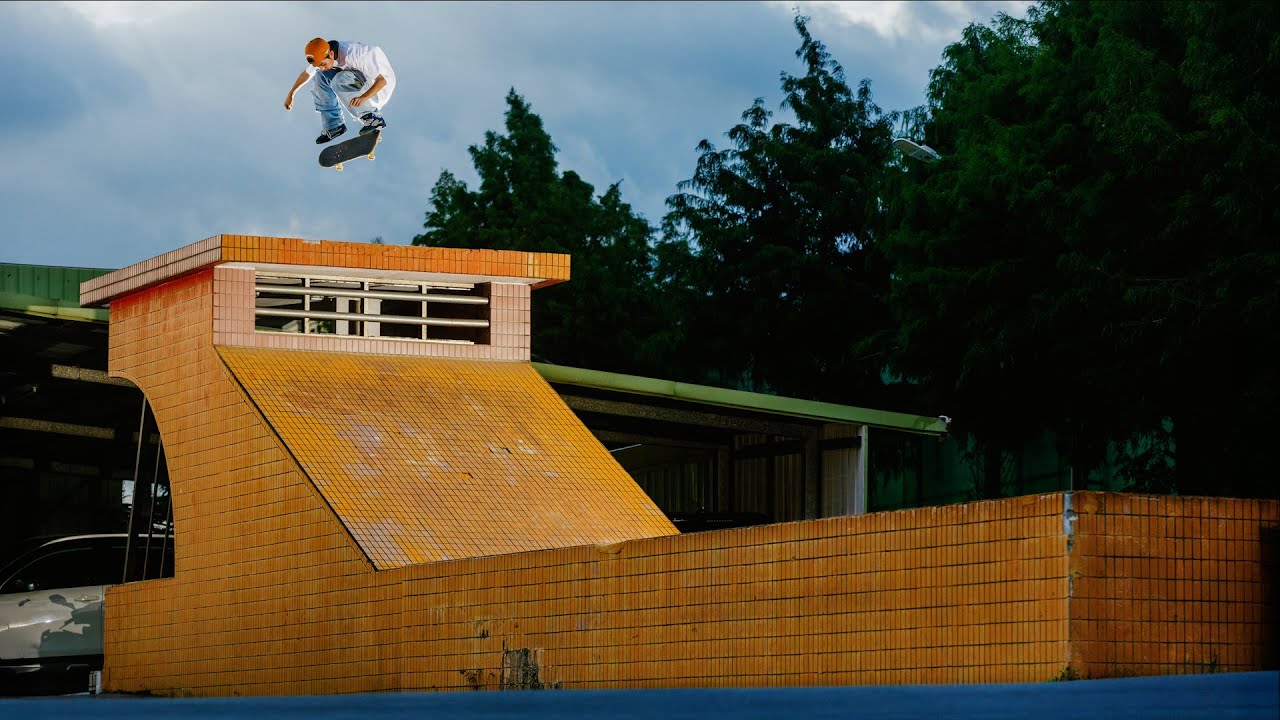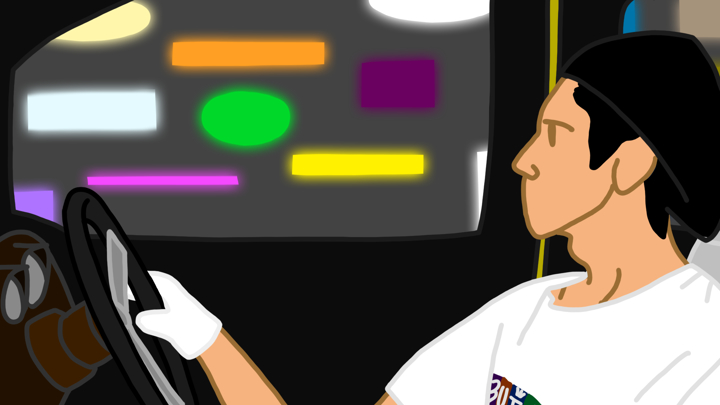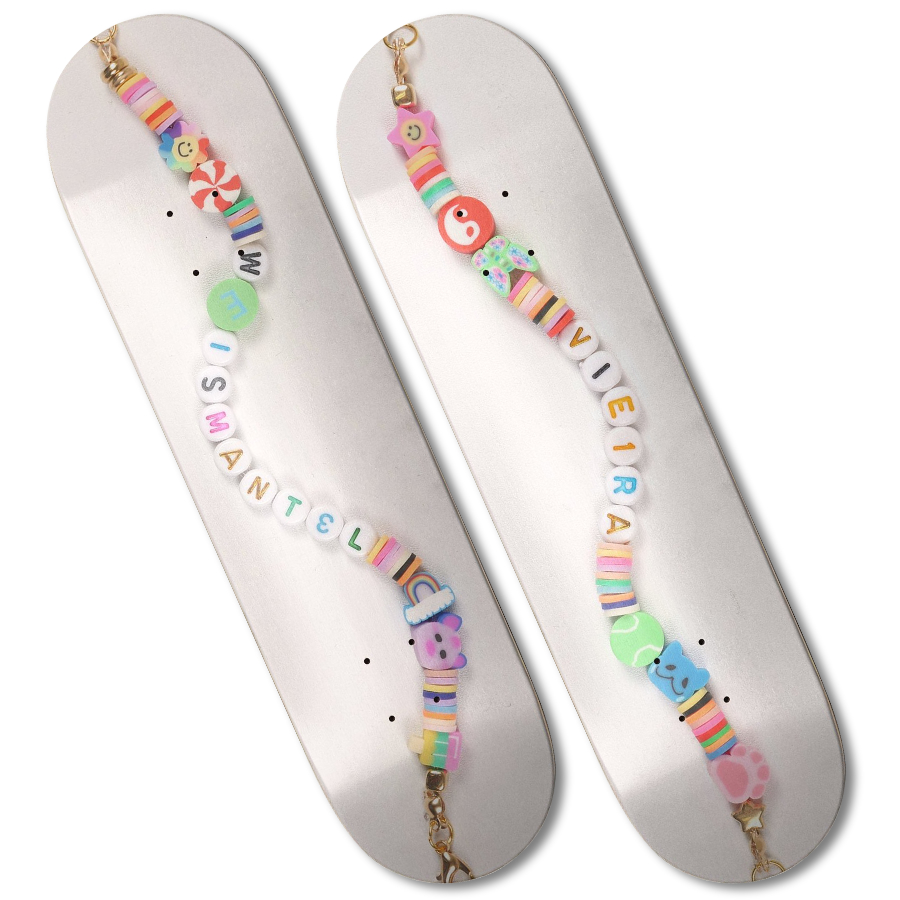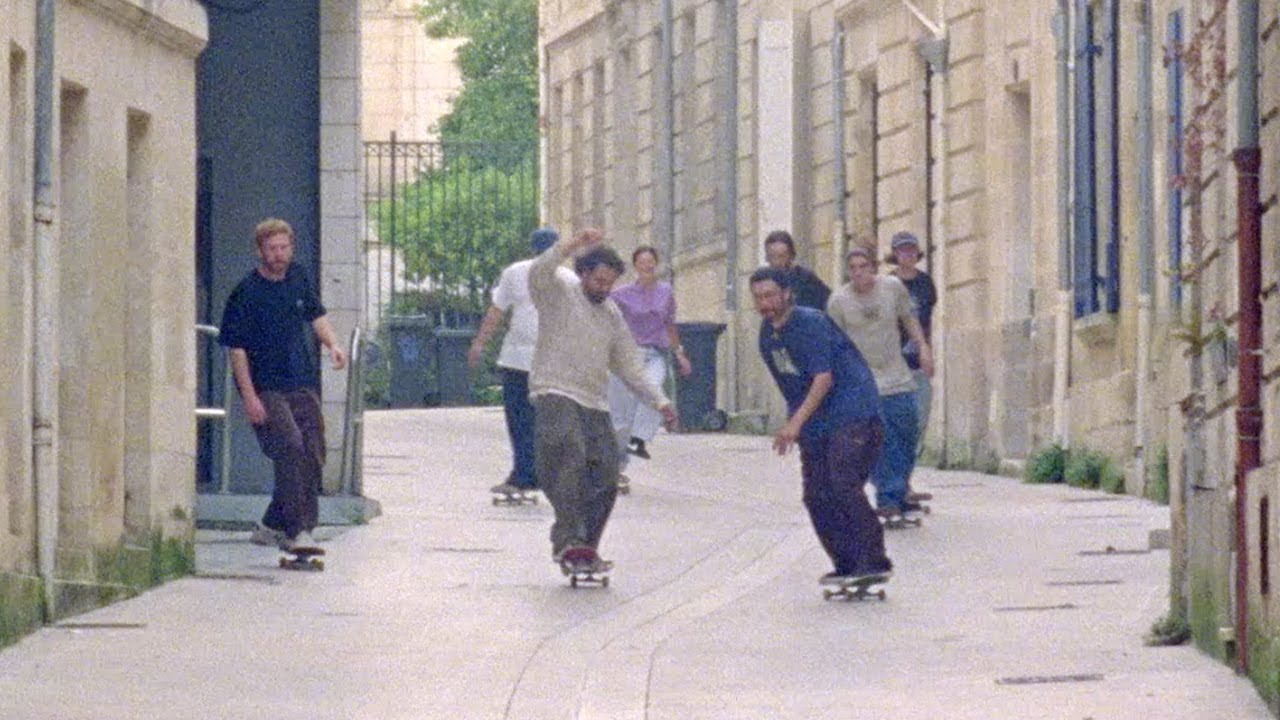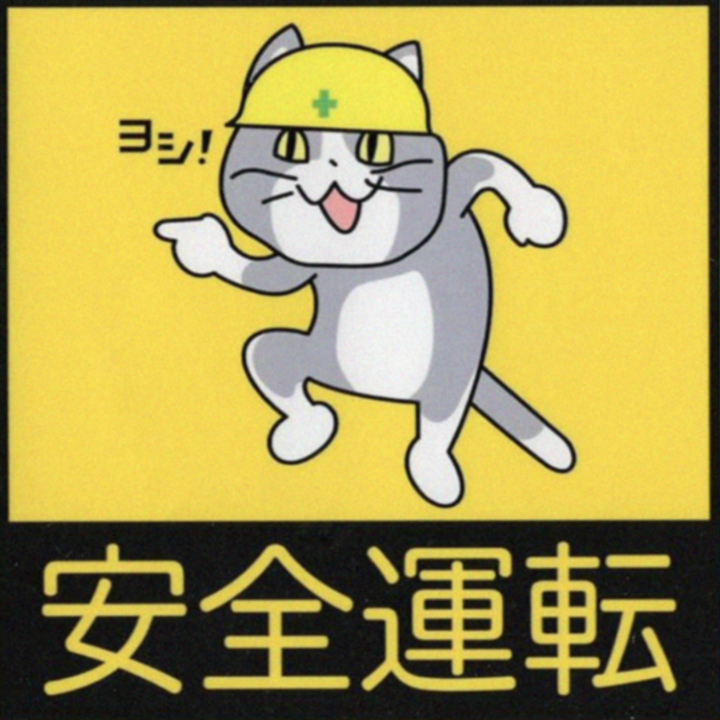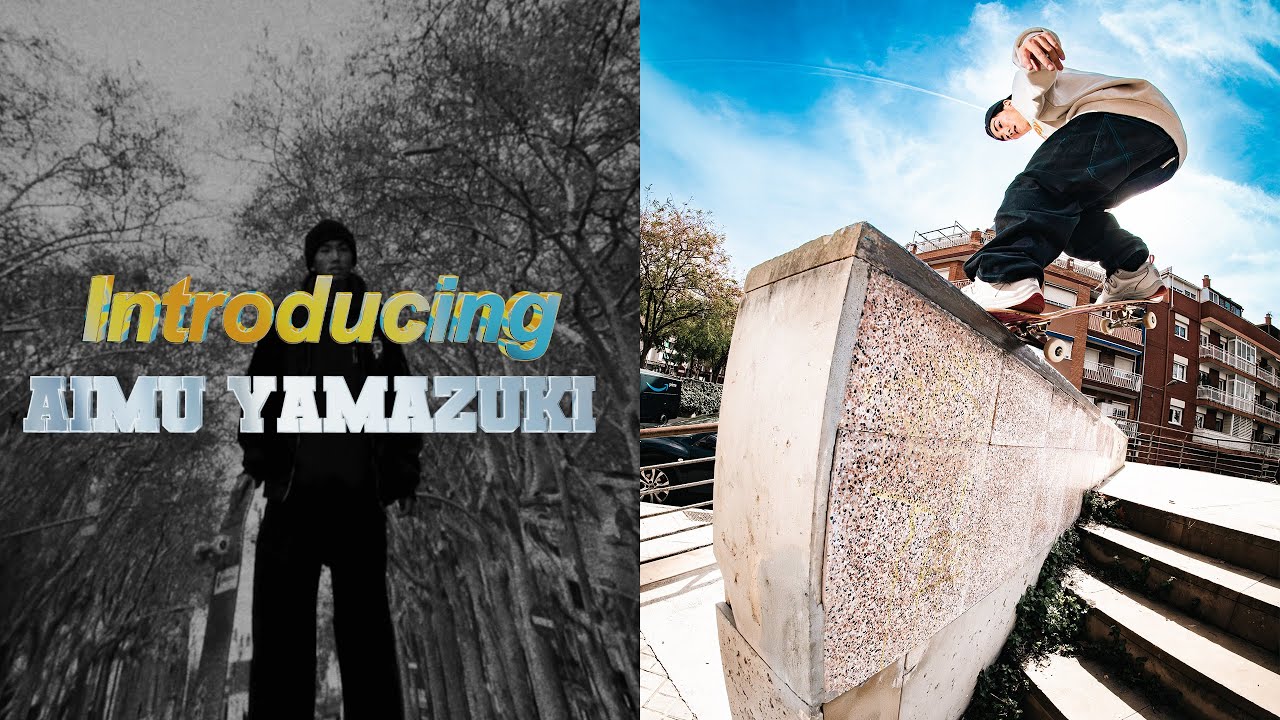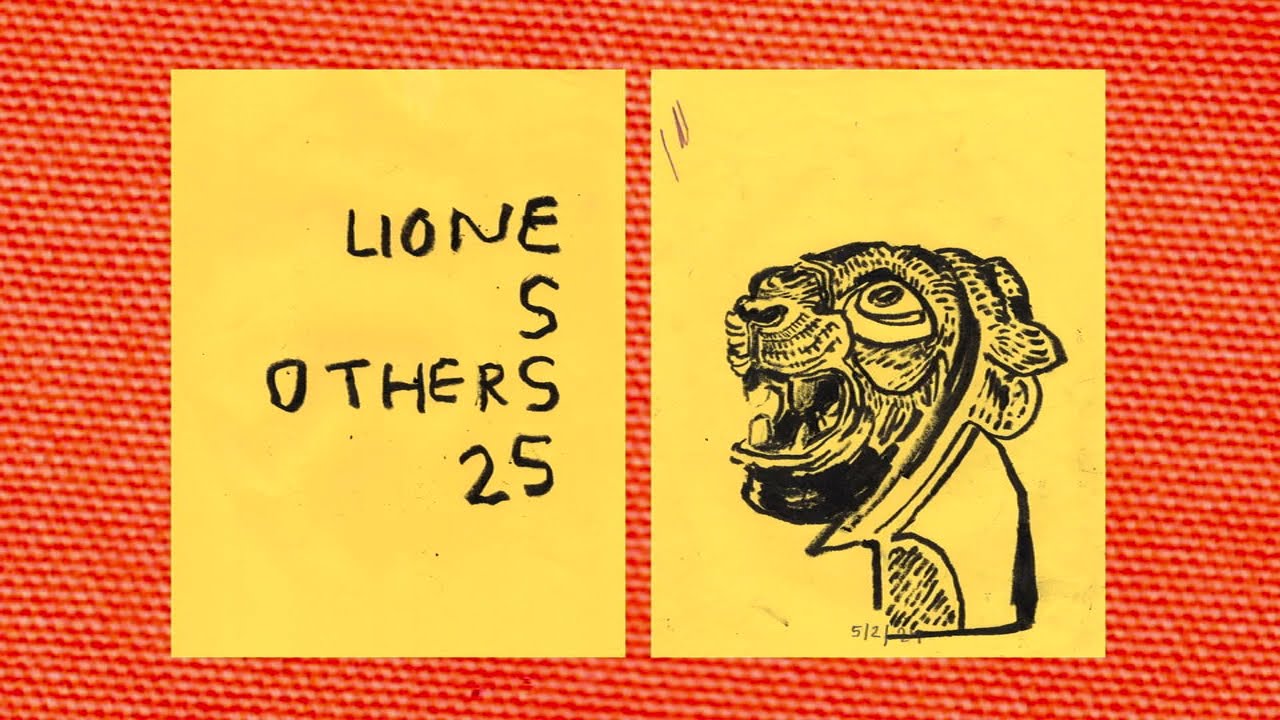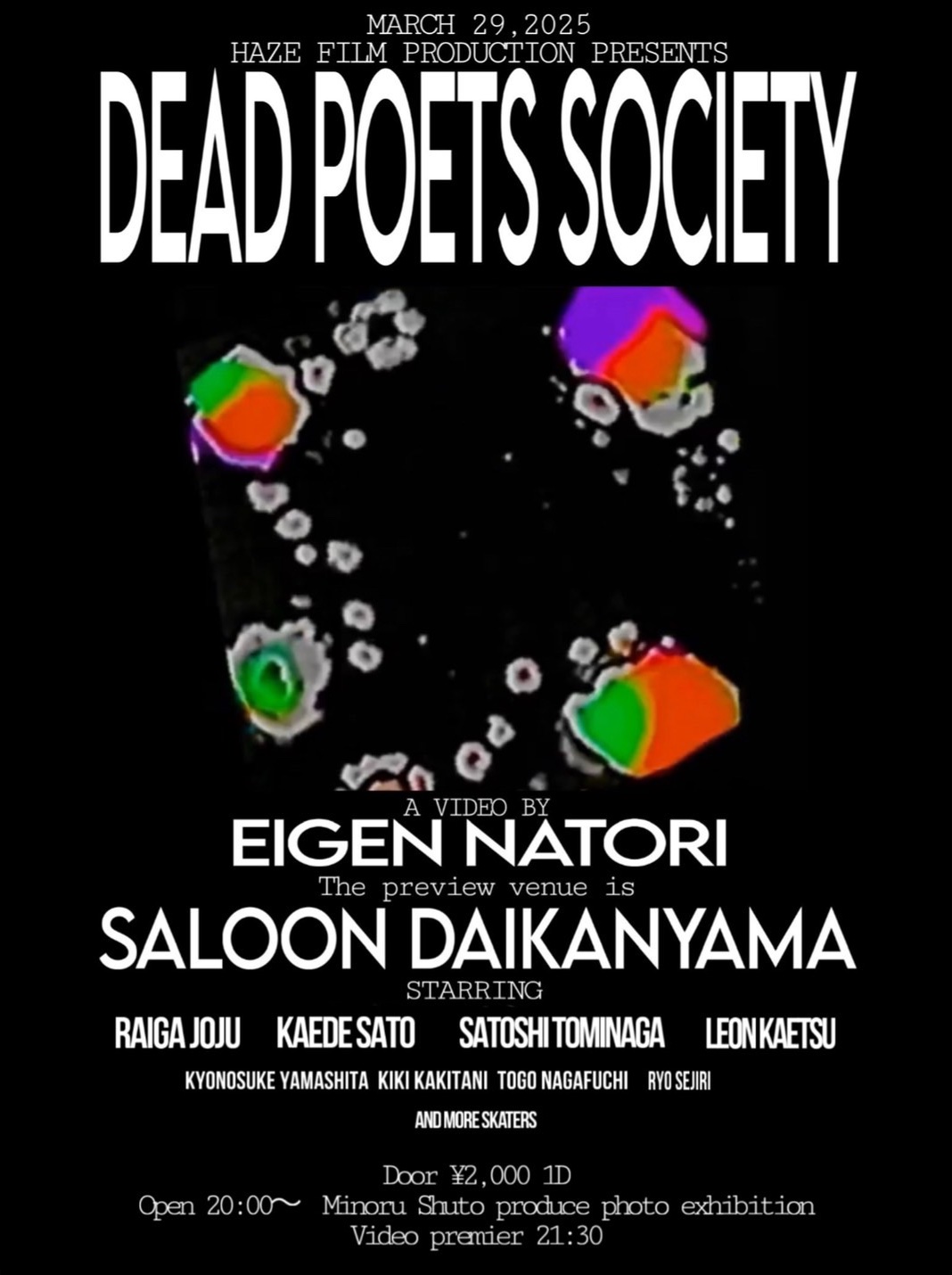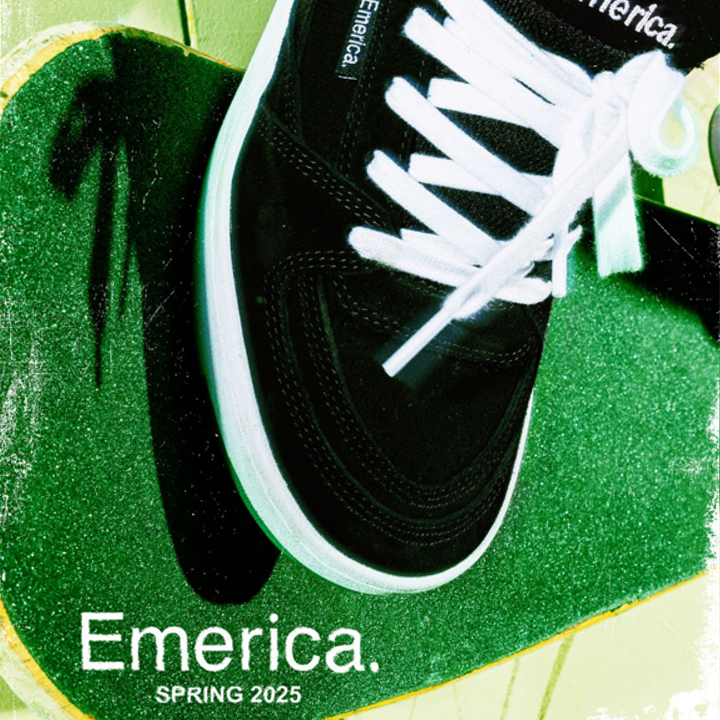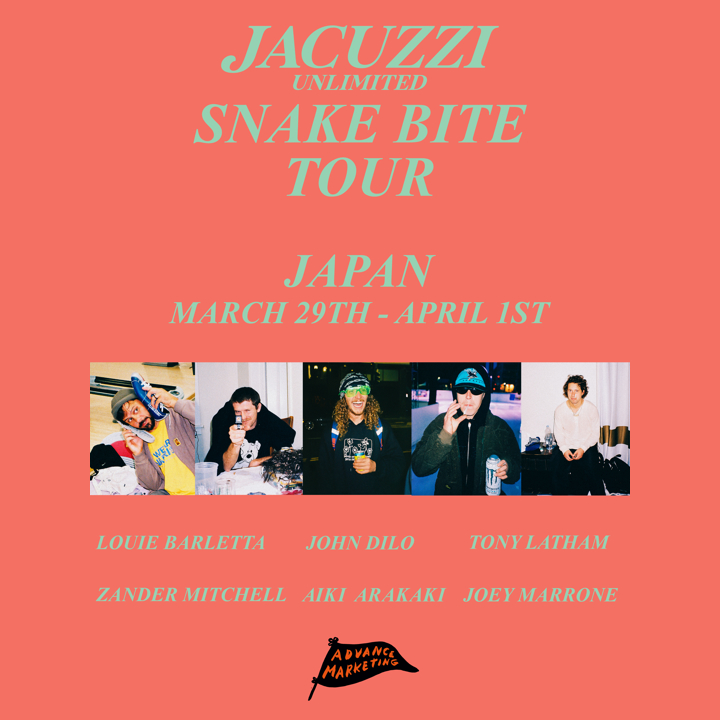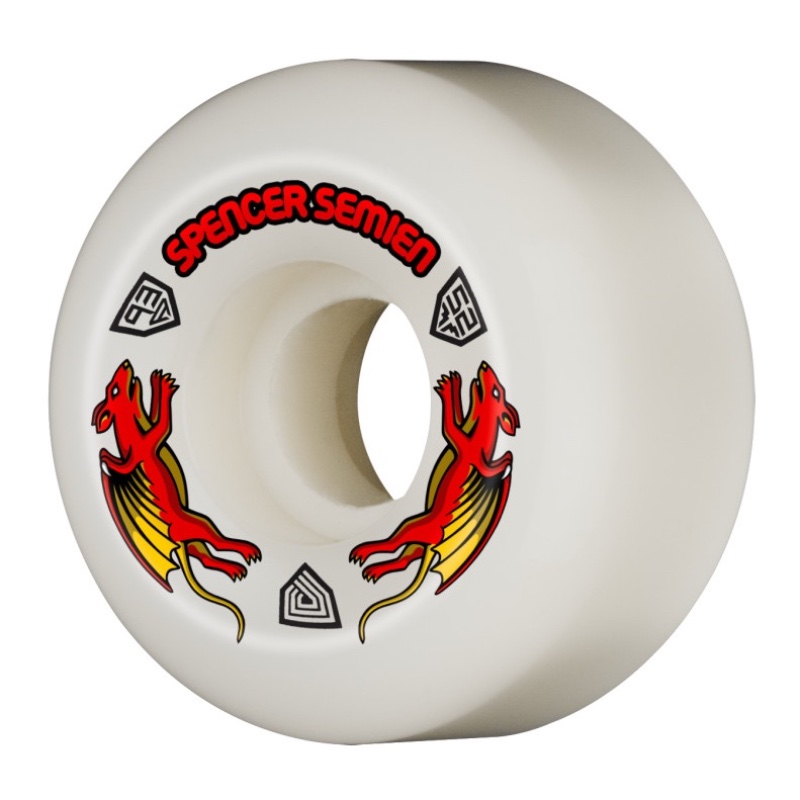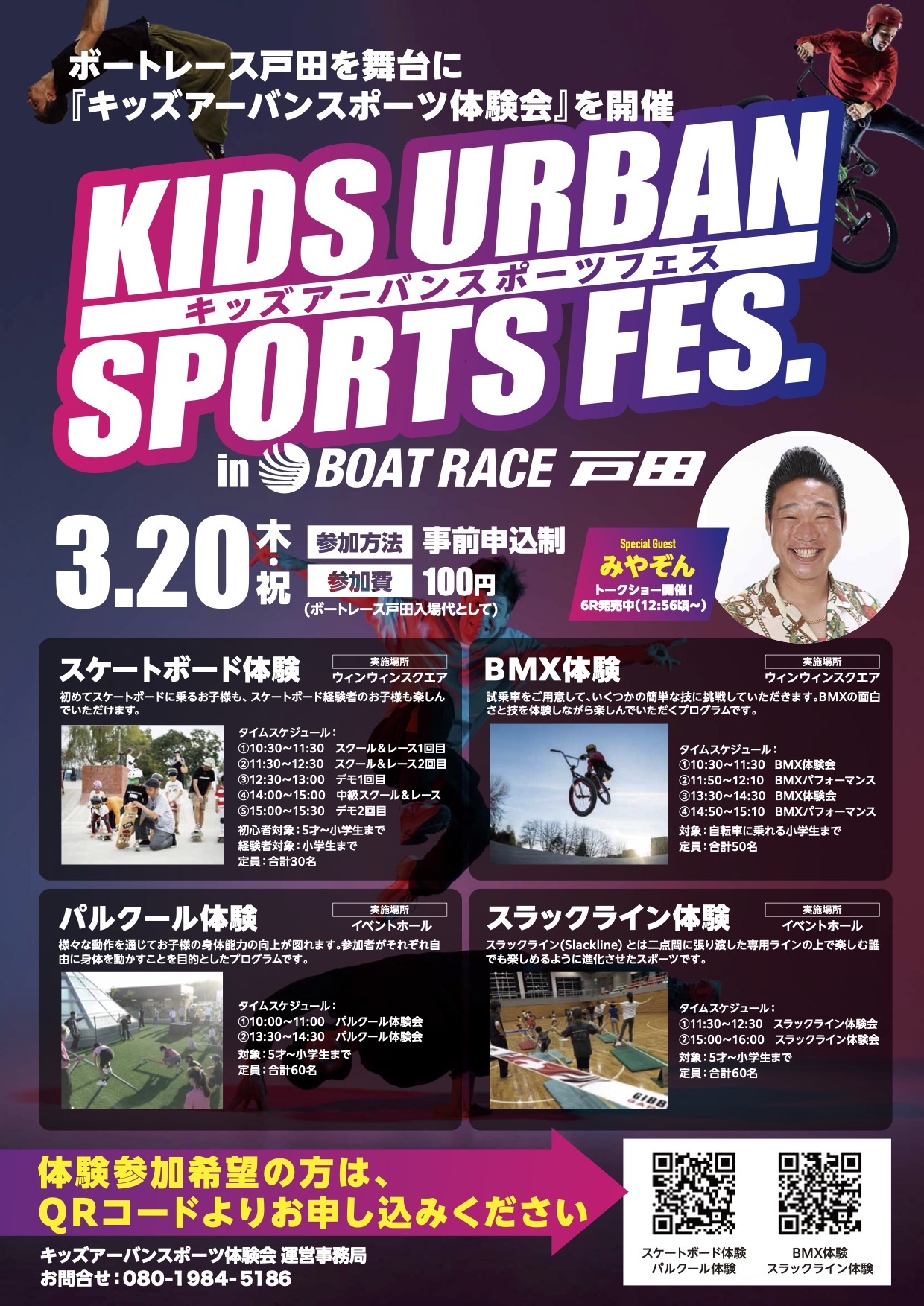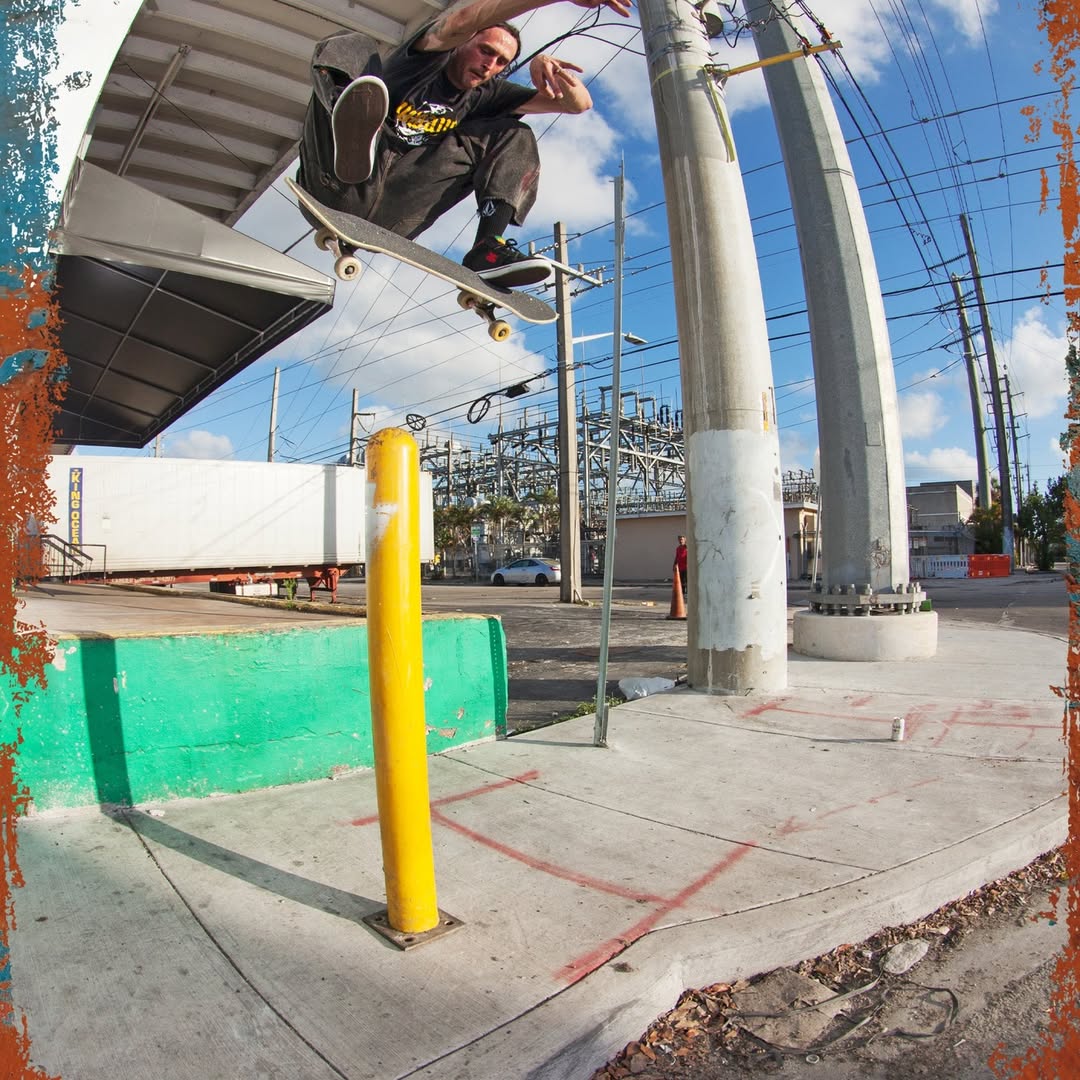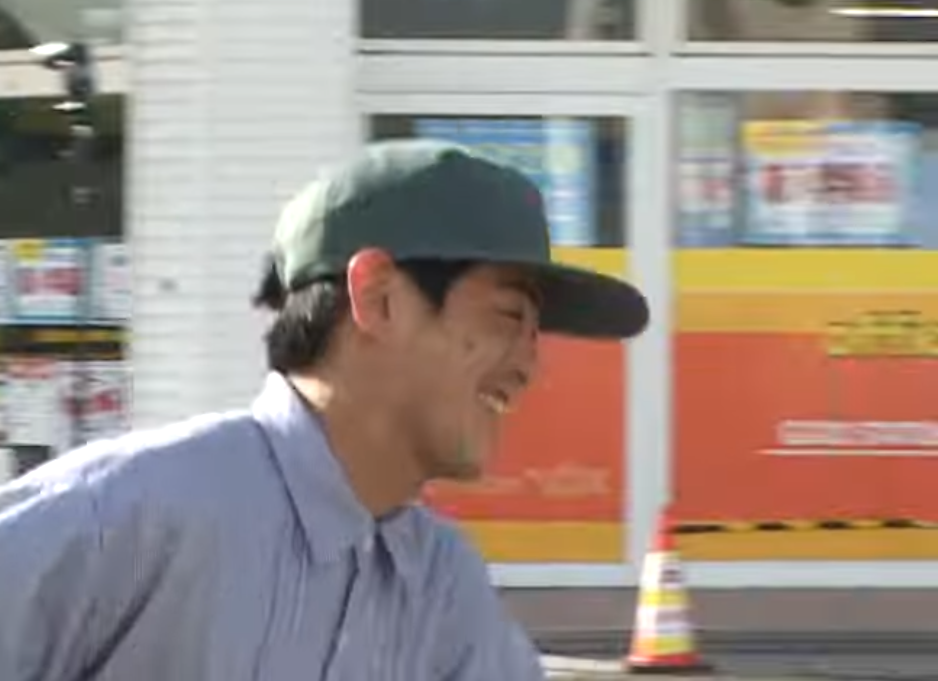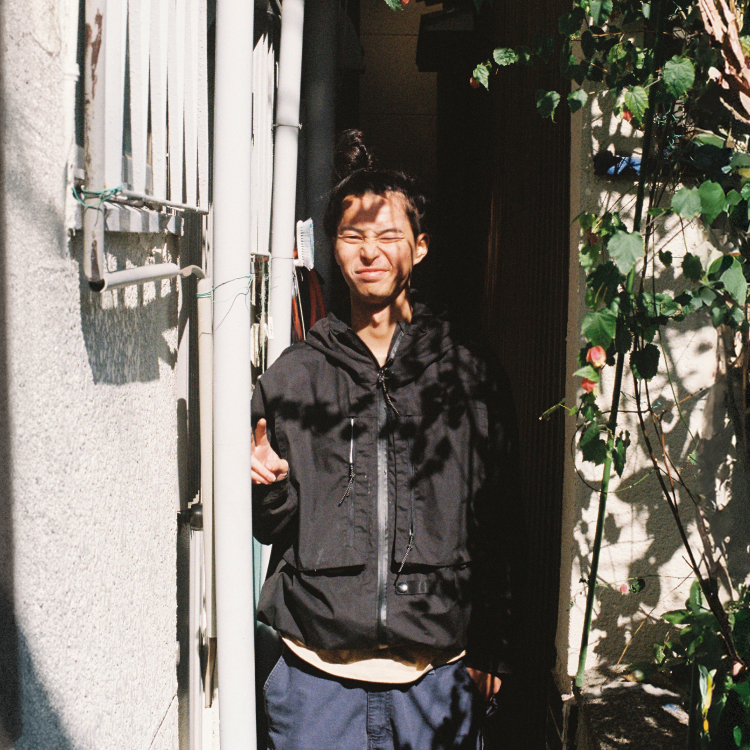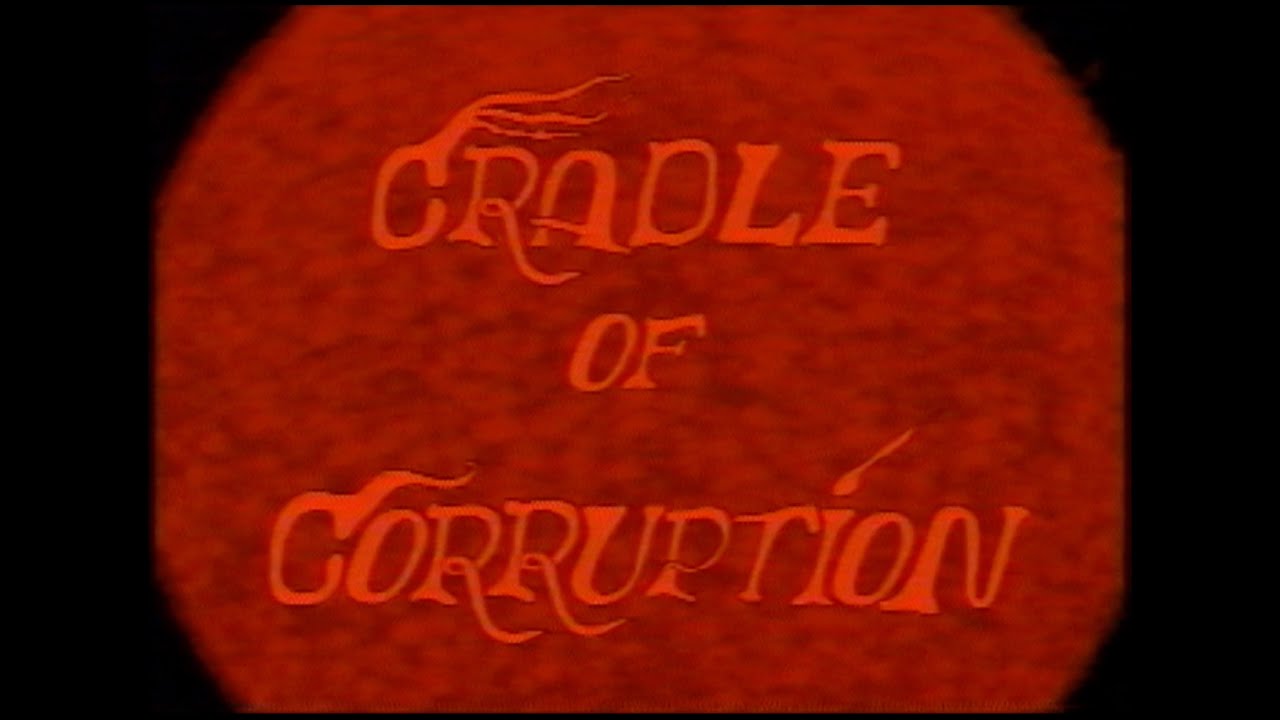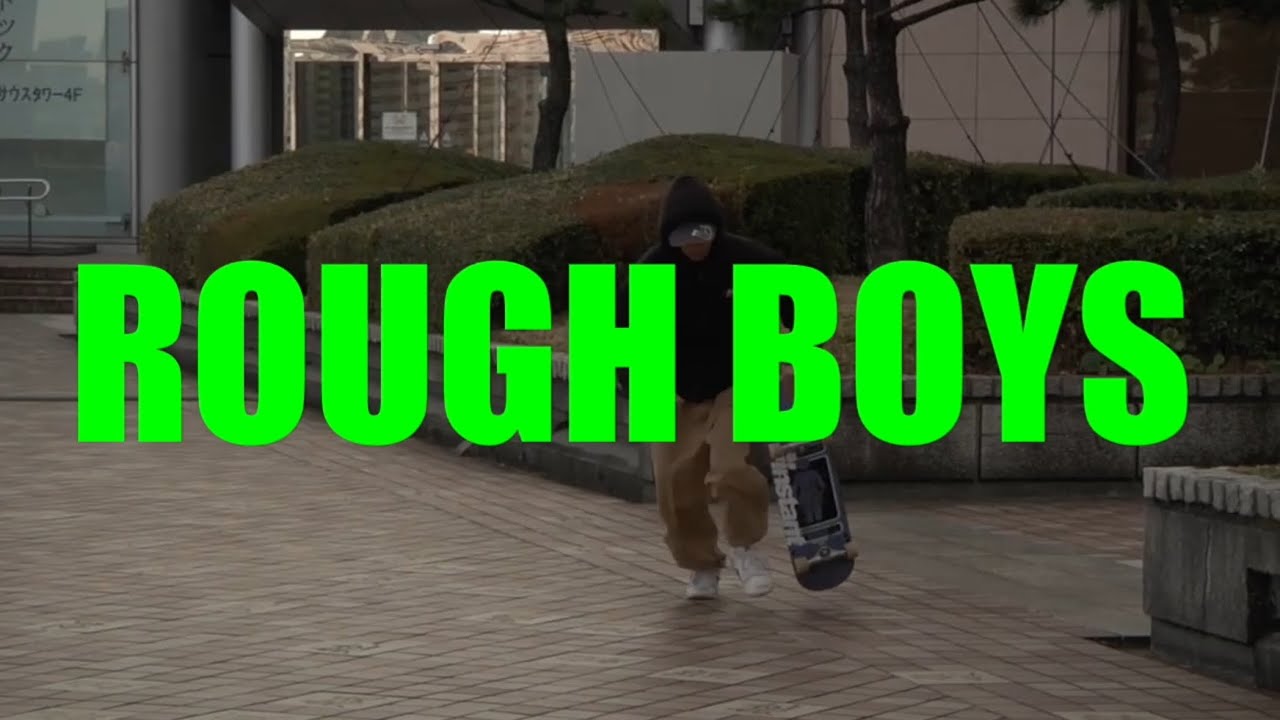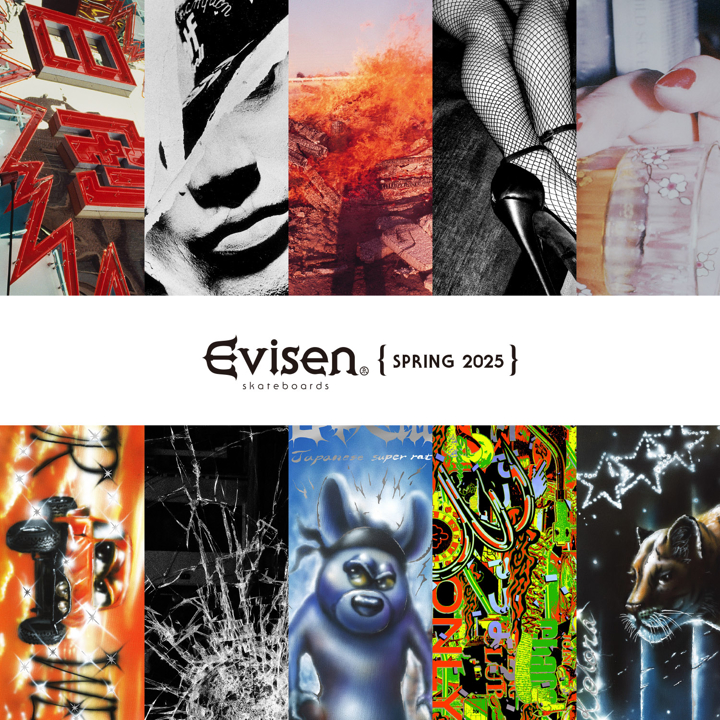Magenta celebrates its 10th anniversary this year. We caught up with Soy Panday, the brand's co-founder and artist, and reflected on the trajectory of the Paris-based brand and his personal life.
──SOY PANDAY (ENGLISH)
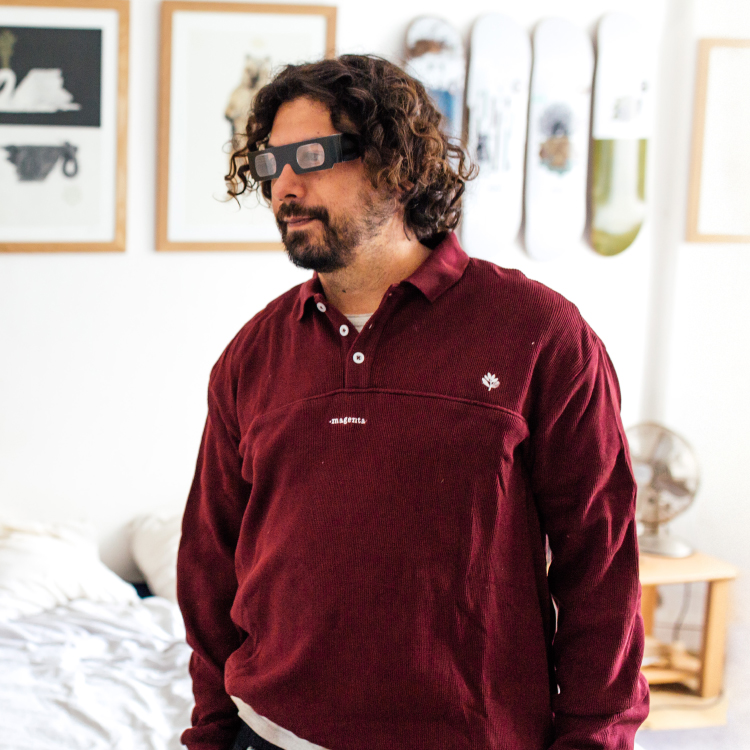
[ JAPANESE / ENGLISH ]
Photo_Clement Harpillard
Special thanks_Kukunochi
VHSMAG (V): Congratulations on the 10th anniversary of Magenta. Did you guys do anything special to celebrate?
Soy Panday (S): Not yet. We were planning an art show in June in Paris, but lockdown changed everything. We did a ten year capsule collection revolving around a drawing of a skating Eiffel Tower. We also made a little short movie with my best friend Sylvain Robineau, in which I'm selling miniature Eiffel Towers at the bottom of the Eiffel Tower. Having fun and keep working is how we celebrate it, on our own (laughs). Manolo also did a Manolo's Tapes Chronological Remix with ten years of Magenta videos. In ten years we have released quite a lot of footage. Manolo told me he put all the skate footage on a timeline and it was more than five hours straight of skate clips (laughs).
V: How do you feel now, looking back on the ten years?
S: It's difficult to say, it doesn't feel like ten years. For me it feels like five years. I'm proud of what we accomplished, we managed to exist in the world and to have an impact on skateboarding, when really, we didn't know much of what we were doing. We learned as we went along. We made so many stupid mistakes in the ten years. Probably like everyone else. It's okay to make mistakes, I guess. But yeah, I'm proud of what we're doing. We're doing everything independently, by skaters for skaters, and I'm very proud of that.
V: Skateboarding has gotten international than ever, but still, it seems there are only a handful of non-American brands that are really getting global attention. Magenta is on the top of that list. What do you think are the things that got Magenta one of the most famous brands outside America?
S: Honestly, I'm not sure. To be fair, Paris, and France in general, is pretty famous. Maybe people just tend to look at what's happening here? But also, I think we're still one of the only brands out there who don't focus on performance. We prefer good style and good spots, not really dangerous stunts. Maybe that's less elitist, and that speaks to a lot of people? Perhaps they also see that we put our heart in it. Perhaps people see we love skateboarding more than we love money, and that we try to do our best to give back to skateboarding culture as much as it gave us. Talking personally, when I draw a board series, I try to create something new every time, something I've never seen somewhere else before. I put my heart in every board series. Perhaps people see it. Perhaps not. I don't know.
V: Was there any struggle or challenge that you went through in the process?
S: Of course, there are always struggles and challenges. From a distance, everything always looks easy and smooth, but in fact, running a brand is mostly having to solve problems all day long (laughs). At first we were producing everything in the US, boards and clothing. The brand was growing and in 2014 we placed our biggest order to date, then we had three months to pay the invoices. In those three months the US dollar rose super high and we lost a lot of money and almost went bankrupt, just because of exchange rate fluctuation. We had to borrow money to keep the company alive. At that moment Vivien was having his second kid so his stress level was already high. And as if this stress was not enough, I was diagnosed with cancer and sent to chemotherapy for three months. The brand survived, and so did I. After that we started producing our clothing in Europe. We started working with a factory, who was also producing clothing for a few other skate brands, notably Polar. After a couple years, the owner just put his factory in bankruptcy and vanished with the money. We had just wired him a big amount of money and we were supposed to receive the collection... and the guy just disappeared, stopped answering the phone. Shops were waiting for the collection to drop, and we had nothing. No collection, no money, and no time. The brand was almost over. We had just finished paying off the previous debt from the exchange rate, and again, we had to quickly find solutions to stay alive and get the collection done in a hurry with another factory. These are two big challenges, but there were others too. Nobody knows, but Vivien is one incredible human for holding it all together. He's a true boss and a good person.
V: Was there a point when you thought, "Oh, we're getting worldwide recognition. We've made it!"?
S: Strangely enough, after only a few months. I had met Uru at Kukunochi upon visiting Japan in 2007, when Static 3 came out. At the time I was skating for Landscape, which was distributed by Kukunochi. In 2010 we started Magenta, as a small company from Paris. We were stocking our first run of boards in our apartments and in our friends' apartment, ghetto style. French shops only wanted big American brands like Habitat, Alien Workshop, Flip, Girl, etc. Some shops were down to support us and some others were like, "No, we already have a couple of French brands..." We had no idea if we would manage to sell all the boards we made. I thought the brand would last maximum one or two years, because our style of skating was so different that no one would care about us. At the time, skating was either very big or very tech. We were a strange middle, not big and not very tech. Just cruising in between cars in a city. Of course it helped that I had a part in Static 3, but in France, the video was pretty underground. I organized the Static 3 premiere in Paris myself, with the help of some friends. Shortly, we got an email from Josh Stewart in the US who said he wanted to order some boards for his website, which wasn't yet a full distribution company, more like a small webstore where he sold skate videos and discussed conspiracy theories. It made sense because I had a part in his video, and he was working on a part with Vivien for Static 4, and already we were stoked that we could have some kind of presence in America. But at the same time, still during our first drop of boards, I got contacted by Uru who said he wanted to be our Japanese distributor. This was crazy for us, to be sold on the other side of the world, in Japan! I think that email from Uru was when I thought, "Fuck, people are looking at our brand!" Then we started receiving orders from shops from other countries. Some skaters contacted us and came to visit us in Paris, saying they wanted to start a distribution company to sell Magenta in their country. We also influenced a lot of people to start their own brand. In a way it seemed like skateboarding had lost a bit of its taste, having only big companies dominating the skateboard world, and that we opened one door out of this. We were very surprised by the reaction. I'm so thankful for all the people who have supported us through the years, and so thankful for the people who support us now. Thank you all.
V: What was the biggest thing that's happened to Magenta as a brand?
S: That's a really hard one. I don't know. I was incredibly stoked that Mark Gonzales loves Magenta and was down to make a graphic for us. This was like receiving a blessing from the Godfather of skateboarding. We also did guest boards with so many of the skaters we looked up to growing up, people like Ricky Oyola, Kenny Reed, Quim Cardona, Brian Lotti, Matt Field, Mike Daher, Drake Jones or Ocean Howell, to name only a few. These are the legends of skateboarding from the mid 90s, when skateboarding was, in my personal opinion, at its best, at its core. To have our brand recognized by these skaters as a cool brand, for me that's big.
V: Do you see a benefit of running a company in France instead of America? If you could live in America, would you do that or would you stay in France?
S: I see the benefit of living in France, I love France, and would never go live in the US. I like to visit the US every once in a while, it's fun, but I want to live here. Magenta is a French brand, I want it to be here in France.
V: From your view personally, what's the most memorable video project you've done at Magenta? Could you explain why?
S: Personally I would say Soleil Levant, which is our biggest full length, and which was mostly filmed in Japan. It's more of a piece of art, with chapters that all have something to say, about the similarities between our mentality and the Japanese mentality. About art, about craftsmanship, about what we like in skateboarding. TBPR and Morita both edited a part for it, which was super sick. It was very different from any other full length video. The Tokyo and NY premieres were really incredible. I have watched so many videos from NY in my life, and there we were, in NY, in a big movie theater overcrowded with people, hyped to watch the video of a small French brand... Good memories.
V: At one point you had guest boards of Japanese skaters. What did you see in them?
S: I've been interested in Japanese skateboarding since my first visit in 2007. I didn't really know anything about Japanese skateboarding until that point, except for the few skaters that had made it to 411VM. When I went there I realized that the style of skateboarding I like had a place there, there was a scene for it. A lot more than in France. Ipath was big in Japan, so were Traffic and Static. These were all underground in France. At the same time Leo and Yoan also started to develop an interest for Japanese videos, traveled there and made their own connections. Between us all, we started to have good connections in Japan, and we developed friendships there. I was always surprised that Japanese skaters got so little recognition in the world, although it had developed such a unique style. We watched Morita's videos and were blown away by the filming style and editing. I think it's noble to give appreciation and respect to the things you like, and so we made a guest board for Morita, which then turned into his participation in Soleil Levant. After we started Magenta, the TBPR guys also came to meet us in France to film a section for LENZ, we became friends, and this turned into Koichiro skating for us. I also became friends with Lui Araki upon my visits in Japan, and I was already a fan of his style. When our friendship grew and the opportunity arose, we also made a guest board for him. To this day we give him boards, he's a good friend. Hi Lui! With the guest boards we try to make a collection of the people we think should be remembered for what they brought to skateboarding. Some hall of fame. As for what I see in them, I really like when Japanese skaters... actually, skaters from anywhere... develop their personal style. I like when they don't try to be good at everything, but when they choose to be good at one particular thing. That's what I like in skaters in general, and why Bobby Puleo is still my favorite skater. It seems that because of the Japanese culture, a lot of Japanese skaters have understood this more than in some other countries. And that's why I found Japanese skateboarding interesting.
V: The team is international, not just French skaters. Was having skaters from different countries on the team a conscious decision from the get go?
S: Not particularly. We've traveled a lot, and met a lot of people, and made a lot of friendships everywhere. Like I said before our style of skating was very underground, and so we would just connect with like-minded people wherever they were, and often they were far away. Sometimes in the US, sometimes in Japan, sometimes in Australia, in England, in Italy, etc. Then it just happened. I met Jimmy Lannon through my friend Steve Brandi when I was in Miami filming for Static. It's also there that I met Ben Gore. Jimmy was not happy with Element and loved Magenta, so it happened naturally. The same happened later with Ben. Everytime it just happened naturally, but it wasn't particularly planned. We've never had much of a plan actually.
V: You have connected with a lot of people worldwide through skating. What are some of your memorable encounters?
S: I met a lot of the people who I look up to, people like Mark Gonzales, Kenny Reed, Ricky Oyola, Bobby Puleo, and so many others. I met almost all of them actually. Traveling with Kenny or skating NY with Bobby were always memorable moments. They're like rare animals that you can't see at the zoo. It's a privilege to be able to watch them skate live. Somehow the little kid from France managed to approach these people, skate with them, host them in my apartment, become their friend... Some funny moments were, for example, my first encounter with Ricky Oyola in Philly. I had gone to Philly with Jack Sabback and Rich Adler, and they had a Traffic meeting with Ricky about an upcoming video. Bobby was supposed to come but cancelled at the last minute. I wasn't skating for Traffic, but Ricky said "Since Bobby didn't come, let's pretend you're Bobby for the meeting," and then started pretty much shouting at me, as if I was Bobby, saying, "We have a meeting and you're supposed to come but you don't even come and you don't even let us know!" Another one is I drank my first sip of alcohol at 26, in San Francisco, offered to me by Ocean Howell, who sat me down and said "I don't care if you don't drink, you're gonna sit here and drink this bourbon with me." Also I was once in Quim Cardona's car in New Jersey, and he did a five-minute live freestyle on one of his own beats for my camera, and I managed to lose the footage... I don't know, so many memorable moments to be honest, this would take us too long (laughs).
V: Shogo Zama joined the team and had his welcome part earlier this year. How did his addition come about and what do you like about his skating?
S: I met Shogo through our common clothing sponsor Remilla. In fact we had met him a long time ago in Japan on a Magenta trip, when he was really a kid, but my memory of that is very vague. Anyway, I started watching his Instagram, and I saw good style, good flow, good street lines with good flatground tricks. That's what I like most about his skating, he's a natural. Then I met him again with Uru later, and we thought he fit well with Magenta, and since he also loved Magenta, it happened pretty naturally too.
V: Any memorable thing from his video part or spending time with him?
S: Just the flow of his flatground tricks when he's riding in the middle of the street in general, that's what I love best.
V: What's the thing that you can never compromise when running Magenta?
S: Sincerity.
V: You're responsible for the artwork at Magenta and they're very distinct. Anyone can tell that it's Magenta by looking at it. Artwork is an important factor of the brand image. Where did the aesthetic of your artwork come from?
S: I guess from a mix of very different things. I started drawing when I was a child, reading a lot of cartoons and drawing little comics characters. I have always been fascinated by art, by the idea that you could create something from your imagination, put it on paper and give it life. I was always admirative of people who could draw. I was moved by Gustav Klimt's paintings, amazed by MC Escher's techniques and patience, amused by Magritte's mind... My work is a mix of everything that has imprinted my eyes over the course of my life. Artworks, cartoons, movies, music, travels, history, philosophy, life... My artwork is the only way for me to express my own philosophy of life. All my drawings relate to the fine curvy line between the yin and yang, between night and day, reality and dream, sanity and illness. I want the boards to be meaningful, to have a place in a museum someday. They don't just relate to Magenta as a brand, they contain a philosophy of life. For some brands, the aesthetic is more or less directly borrowed from an existing aesthetic... which is okay, in fact, commercially it's more smart. I remember being a fan of Stereo's aesthetic, until I realized everything was borrowed from Blue Note. I was a bit disappointed because I thought they had created it themselves. There is nothing in particular that you can link my artwork to. I don't think it looks like anyone else's artwork, at least not that I know of. Commercially, this is less smart, I know it. It's more difficult for people to understand it, because with no known references, it's like a new language. But like I said, sincerity is something I can not compromise with. I'm not going to put Mickey Mouse on a board just because I know it would sell more. I prefer to put my heart into it. With skating, I managed, with my very limited skills, to earn the respect of the people who inspired me. Now I want to do the same with my art. If I meet Magritte, Klimt, Dali, Escher, or Moebius in my afterlife, I'd like them to say "Hey, we saw what you were doing, that was cool man."
V: You have a distinct view on skating. What do you value in skateboarding and skaters?
S: In skaters, and people in general, I value loyalty, respect, sincerity, and a good sense of humour. I value passion. In skateboarding, I like street skating, style, good clothes, and spots that you don't see everywhere, spots that make you want to skate them, that look fun. I think busy city streets are a very fun place to hang out with your friends.
V: You mentioned you battled with cancer. What did the experience affect your view on life?
S: I did have cancer, but I wouldn't say I battled it. The cancer came to show me I was battling against myself. I was in a relationship in which I was becoming sad, and I was feeling guilty, and it was leading me to self destruction. I had a sense of guilt since I was a child in fact, from childhood memories that I misunderstood. And my girlfriend from that period was also pushing guilt on me, and that acted as the tipping point. As if I had unconsciously judged myself, found myself guilty, and ordered my own death penalty, in the form of a growing cancer. And so when I was diagnosed with cancer, at first I got scared, and then I realized it was a good opportunity to understand this guilt, and make peace with it. Change from the unhappy environment of this relationship to a better one. When your dream becomes a nightmare, it's for you to turn it back to a dream. In my personal experience, the chemotherapy ended up only being a time of thinking. Chemotherapy destroys the diseased cells, but it doesn't destroy the order which told the cells to go wrong. And so you have to make peace with yourself, otherwise, your cells will go wrong again. That was, and is, my belief. For the doctors, everything relied on chemotherapy, like a materialist treatment for a disease they don't understand correctly. I felt that if I wanted to stay alive, I should figure it out for myself, and trust myself. It's difficult to trust yourself in the face of danger, and against the beliefs of society, even of specialized doctors. For a few years already I had been reading a lot about shamanism, about ayahuasca and visions and spiritual experiences. I was intrigued by it, because it seemed to prove my own spiritual philosophy. I kept thinking, maybe one day, I should try it and see what there is to see. When I got cancer and started thinking that maybe my life was not going to be as long as I thought, I thought, "Okay, now is the time to see this." I bought a flight to Peru to meet some shamans and did four ayahuasca ceremonies. I'm not saying it's necessarily for everyone, but it was what I needed to trust and follow my own spirituality, in regard to what cancer is. It was an incredible experience, it made me stronger, and I think it made my art stronger too. And so, in the end, I'm thankful that I had cancer. It helped me make my life better.
V: I saw your Instagram and you were doing artwork of a record cover. What kind of art project do you work on besides Magenta?
S: Most of my time is dedicated to Magenta. I've done some logos for friends who started skate shops, and I make some graphics for Remilla. I've also made a graphic or two for some other skate brands, like Love Skateboards from Canada, Theories, or a Hiroki Muraoka graphic for Traffic. And then I did a couple record covers, one for my friend Matias Enaut (Matias Elichabehere), and two for this french jazzman, which you saw on my Instagram. He and the record label owner used to skate, and they wanted to make a video clip with skating for one of the tracks. They had loved "Parisien" which I made with my friend Sylvain Robineau in 2007, and they contacted me to do something like that again. I thought the track was cool and I agreed, and in the discussion they realized I was doing the artwork for Magenta, and they asked me if I could do the record cover for the EP and the LP. They made a board out of it too. And that's how it happened. It was a cool project, I like how the cover came out. It was fun to come up with a graphic for it.
V: How were you spending your days during lockdown?
S: I worked a lot. I was in my parents house with my brother, his wife and his kid, and since I wasn't going out at night nor skating, I just worked. I like to work, it was fun. I drew the Magenta Summer 2021 board series, which represents the room I was in during the lockdown. I love this series, very lockdown inspired.
V: What's next for you and Magenta?
S: For me, I guess, and I hope, the same as I'm doing now. Working on board graphics and clothing designs, skating, and hanging out with my friends. My friend Sylvain Robineau is making a new short movie next year and I'll be acting in it, that's always fun. Then we're planning on writing a long movie together. If this works, maybe in the future I'll be doing more acting, who knows. As for Magenta, we're bringing a few new people on board, and working on releasing more video content next year. It's all people who I want to see footage of. Even me, I want to keep filming video parts. I'm 43 and I still love to do that so much. Hopefully I can still get some decent clips.
V: Where do you want to take Magenta to?
S: Difficult question. I want it to live long, to always make better quality products, and to stand the test of time. It seems nowadays every skate company wants to go into high fashion, that's not really my desire. I prefer we stay a core skate brand. We're skaters, we want to skate and make a cool skate brand, that's it really. I want to keep having fun making board graphics. Maybe I want to become the skater artist who has done the most board graphics (laughs).
Soy Panday
@soypanday
Born in 1977 in Paris, France. Soy is the co-founder of Magenta, the pro skater and art director of the brand. He is known for his simple and flowing skating style.








